Warren noted that he rarely used the Widgets panel or Microsoft Teams, citing that he preferred the weather display that later versions of Windows 10 offered, and didn't use Teams to communicate with his friends and family. He also acknowledged the expansion of Microsoft Store to include more "traditional" desktop applications. Cunningham concluded that "as I've dug into and learned its ins and outs for this review, I've warmed to it more", but argued that the OS was facing similar "public perception" issues to Windows Vista and Windows 8. Internet Explorer has been replaced by the Chromium-based Microsoft Edge as the default web browser, and Microsoft Teams is integrated into the Windows shell. Microsoft also announced plans to allow more flexibility in software that can be distributed via Microsoft Store, and to support Android apps on Windows 11 . In October 2019, Microsoft announced "Windows 10X", a future edition of Windows 10 designed exclusively for dual-touchscreen devices such as the then-upcoming Surface Neo.
Legacy Windows applications would also be required to run in "containers" to ensure performance and power optimization. Microsoft stated that it planned to release Windows 10X devices by the end of 2020. The new Windows OS takes cues from its smartphone relatives, simplifying basic settings changes and making them easy to access. One click or tap in the corner of your taskbar to pull up a control panel similar to Apple's Control Center, which lets you futz with settings like brightness and volume, connectivity, and more. Windows apps now feature more aesthetically pleasing curved corners, and the Settings app has more options to change how you interact with the OS thanks to more accessibility features. New sounds and audio cues are available for blind users, and themes for people with light sensitivity or those working long hours have been updated to be easier on the eyes.
If you right-click on the taskbar, you now see just one option that lets you enter the taskbar settings, instead of the plethora of options in previous versions of Windows. However, this means you cannot reposition the taskbar to either side or the top of your screen anymore with Windows 11, which is kind of a bummer. The Start button follows all the new design fundamentals of Windows 11 with rounded corners, colourful icons, pinned apps, and a huge search bar. The search button feels more useful and responsive compared to Windows 10's version.
If you hover over the icon, it will show you your most recent searches, which could save you some time. For new users, Windows 11 will seem like a good option with the new design. You get rounded corners, a departure from the sharp edges we've seen in Windows for a long time. The Start Menu is now cleaner, featuring pinned apps and a recommended tab that shows you files based on your recent usage. The desktop more or less stays the same, but the right-click menu gets a simplified look, with the most common options like cut, copy, paste, and rename, at the top in a grid. A redesigned user interface is present frequently throughout the operating system, building upon Fluent Design System; translucency, shadows, a new color palette, and rounded geometry are prevalent throughout the UI.
It no longer includes widgets or the live tiles we've got used to on Windows 10 and on previous versions. Instead, Windows 11 will have a simple grid of app icons at the top, where the pinned apps will also be located, as well as a search bar and recommended files at the bottom. If you want to sign out or check your account details, these will be placed at the bottom of the start menu. For what feels like the longest time, Windows operating systems have had a taskbar down the bottom that has a Start button on the left. Windows 11 takes a MacOS-like approach to its position with a Start button in the middle of the screen and apps around it.
Initially, this design logic was intended for the cancelled Windows 10X, meant to make the interface easier to navigate for dual-screen devices. It also cleans up the entire tray area, removing the toolbar items in the far right. For the past six years, Windows users have watched on the sidelines as the tech landscape changed at a breakneck pace. When Microsoft's sporadic "feature updates" did arrive, they were often plagued with bugs, some so damaging the updates were suspended.
And yet, despite its rocky path, Windows 10 will go down as a success, a stopgap to the mess its predecessors left behind. It brought back the traditional desktop interface, gave PC owners reliable performance, and popularized touchscreen displays and hybrid 2-in-1 laptops. The second feature here is DirectStorage that promises to greatly enhance the gaming experience by cutting downloading times of games. This appears to be an extension of the attempts being made by Microsoft with the Xbox Series X/S consoles where it has used clever tricks to greatly improve load times of games.
However, do note that this feature will only be available on select games that support DirectStorage API on a PC with an NVMe SSD and a GPU that supports DirectX12 Ultimate. Instead of the somewhat clunky tiling system found in the previous iteration of the iconic taskbar, Windows 11 peels away the cruft and gives you what you need. In my case, it's a list of recently accessed files along with a tray of pinned apps for easy access, with a universal search bar at the top for easy web (or on-device) searching.
The clean lines and use of widgets to display information like weather, news, and photos is a welcome change of pace from the busy screen in Windows 10. However, I need to address the elephant in the room here - I guess the main reason why people would dislike Windows 11 is... For long-time Windows users, this update may cause a few annoyances. The start button resides in the center by default, although you can move it back to the left.
Also, the right-click menu hides away some menu options, like some app-specific functions you get with apps like Winrar, or some other Windows options like Troubleshoot compatibility. I've been running Windows 11 on my laptop and I enjoy the experience there, but on my desktop with three monitors, I'm holding off on upgrading. The way I use my laptop is very different from my desktop PC, so Windows 11 fits just fine in my lap. I regularly use full-screen apps and games on my main PC, so not being able to see the time and date across multiple monitors is annoying.
Coupled with the taskbar changes that prevent drag and drop, I feel less productive using Windows 11 on my main PC. So even if you want to upgrade, you'll need to check Microsoft's PC Health Check app to see if your PC will even support Windows 11. You may need to enable TPM 2.0 from your PC's BIOS settings to get Secure Boot working, or perhaps even switch how Windows is installed on your storage if you manually installed the OS. The hardware requirements have changed a lot here, but the PC Health Check app should guide you on anything that needs addressing. Windows 11 SE was announced on November 9, 2021, as an edition exclusively for low-end devices sold in the education market, and a successor to Windows 10 S.
It is bundled with applications such as Microsoft Office for Microsoft 365, Minecraft Education Edition, and Flipgrid, while OneDrive is used to save files by default. Windows 11 SE does not include Microsoft Store; third-party software is provisioned or installed by administrators. As part of the minimum system requirements, Windows 11 only runs on devices with a Trusted Platform Module 2.0 security coprocessor. According to Microsoft, the TPM 2.0 coprocessor is a "critical building block" for protection against firmware and hardware attacks. In addition, Microsoft now requires devices with Windows 11 to include virtualization-based security , hypervisor-protected code integrity , and Secure Boot built-in and enabled by default.
The operating system also features hardware-enforced stack protection for supported Intel and AMD processors for protection against zero-day exploits. The taskbar's buttons are center-aligned by default, and it is permanently pinned to the bottom edge of the screen; it cannot be moved to the top, left, or right edges of the screen as in previous versions of Windows. The "Widgets" button on the taskbar displays a panel with Microsoft Start, a news aggregator with personalized stories and content (expanding upon the "news and interests" panel introduced in later builds of Windows 10). Microsoft Teams is similarly integrated with the taskbar, with a pop-up showing a list of recent conversations. In January 2021, it was reported that a job listing referring to a "sweeping visual rejuvenation of Windows" had been posted by Microsoft.
A visual refresh for Windows, developed under the codename "Sun Valley", was reportedly set to re-design the system's user interface. Windows 11 includes several new features, such as improved snapping, Dynamic Refresh Rate, and Direct Storage, but the biggest change the operating system brings could be something that people never see. A recent Microsoft Mechanics video breaks down the performance improvements included in Windows 11. Compared to devices running Windows 10 on the same hardware, PCs running Windows 11 should have better app performance, improved battery life, and quicker resume from sleep times. For starters, there's DirectX 12 Ultimate, which has the potential to make games even prettier with higher frame rates.
This latter point is a step up from the default SDR approach of older versions of Windows. Apart from this, Windows 11 also offers what Microsoft calls the Desktops feature that gives the user the ability to set up and manage multiple iterations of your desktop. It's a simple and easy feature to use, which when gotten used greatly improves ease of use. This can be accessed by going to this new icon that all Windows users of the past will instantly notice on their home screens.
This Task View button sits alongside the Start button and looks like contrasting windows over one another. Hover your pointer over it, and you'll see a small preview of all the desktops you have open, as well as the option to set up a new one. Microsoft does not recommend downloading Windows 11 on PCs that do not meet its standards, such as minimum 4GB of RAM, 64GB storage, TPM chips, and supported processors. Windows 11 will not come as an automatic update for unsupported devices, but users will be able to download it off the web. Microsoft has an app called PC Health Check, which can be used to determine if a PC is ready for Windows 11. Some PCs also have TPM chips installed but disabled and you can turn them on by going into your BIOS settings.
The biggest change to Windows 11 is its more stringent hardware requirements. If your PC is recent, say, within the past five years, you should be alright, but older devices may be stuck with Windows 10 for the foreseeable future. That's not to say the company won't be providing security updates to Windows 10, but that's about as much as you can hope for.
Since the controversial hardware decision—implemented for both performance and security reasons—Microsoft added Windows 11 support for some older computers, but the company still recommends against it. Windows 11 and Chrome OS have strikingly similar user interfaces starting with their centered taskbar application icons, which you'll quickly notice the moment you login to either operating system. Both operating systems can also run Android apps, integrate with Android phones and support tablet mode.
I haven't noticed any big performance improvements or problems running games on Windows 11. It feels exactly the same as Windows 10 for gaming, as far as I can tell. PC Gamer has noticed that Windows 11's new Virtualization-Based Security can impact gaming performance by as much as a 28 percent drop in frame rates. It's a setting that Microsoft wants PC builders to enable by default on new Windows 11 PCs, so while it won't impact people upgrading or clean installs, new gaming PCs could ship with VBS enabled. However, Windows 11 updates will not be dramatically faster than Windows 10.
Windows 11 users, after an update has finished downloading and installing, will still have to restart their machine and stare ominously at a blank screen for a little bit. Hopefully, this'll be something for Microsoft to improve in a future Windows 11 update, but for now, there's no change on that front. Windows 11's Start menu is simply a collection of rather simplistic icons, seemingly at random, with a list of "Recommended" (or, to be more accurate, "Most recent") documents at the bottom. Within Start, two small buttons ("All apps" and "More") open up to a list of alphabetically arranged apps and a longer list of documents in a separate screen.
Microsoft also put a search box at the top of the Start menu, which simply opens up the Search app to the right of the Start icon on the taskbar. It all feels singularly uninspired, dull, and slightly depressing, like a store shelf of prepackaged sandwiches or 1970s architecture. Original equipment manufacturers can still ship computers without a TPM 2.0 coprocessor upon Microsoft's approval. Some third-party software may refuse to run on unsupported configurations of Windows 11. At least 16GB of RAM The basic system requirements of Windows 11 differ significantly from Windows 10.
Windows 11 only supports 64-bit systems such as those using an x86-64 or ARM64 processor; IA-32 processors are no longer supported. Thus, Windows 11 is the first ever consumer version of Windows not to support 32-bit processors and 16-bit software . The minimum RAM and storage requirements were also increased; Windows 11 now requires at least 4GB of RAM and 64GB of storage.
The compatibility list includes the Intel Core i7-7820HQ, a seventh-generation processor used by the Surface Studio 2, although only on devices that shipped with DCH-based drivers. Windows 11, the first major Windows release since 2015, builds upon its predecessor by revamping the user interface to follow Microsoft's new Fluent Design guidelines. The redesign, which focuses on ease of use and flexibility, comes alongside new productivity and social features and updates to security and accessibility, addressing some of the deficiencies of Windows 10. Live Tiles are gone in favour of a snapshot view of pinned apps, recently accessed files as well as the option to restart or shutdown. The good news is if a Start button in the centre is too much to handle, you can shift it back to the left-hand traditional view.
What likely won't bother Windows traditionalists is that app corners, menus and File Explorer windows have been rounded off in Windows 11 rather than the typical square look of Windows 10. As familiar as Windows 11 might be, there's still a lot that's changed. The programs you know are all still available and supported, but they'll be joined by Android apps, running as windowed programs on the desktop (though not right away — Microsoft's still fine-tuning that feature). Your favorite multitasking functions get upgraded with new Snap Layouts, and virtual desktops are getting better with more flexibility and features. Even the newly-released AutoHDR feature is available on both Windows 11 Home and Pro editions. So it's safe to say that neither of the editions will disappoint you in terms of gaming performance.
That said, Windows 11 Pro offers you a larger ceiling for hardware expansion. It supports up to 2 CPU sockets, 128 cores, and up to 2TB of RAM, whereas Windows 11 Home supports 1 CPU socket, 64 cores, and up to 128GB of RAM. Simply put, Windows 11 Home is more than enough for most users, even for hardcore gamers. Windows 11 is the first version update to the most widely used PC operating system in the world in more than five years. Those who do not care for the centered taskbar can customize these looks. These options allow users to align the Start button, apps, and icons on the left if they choose.
If you'd like to test out the bleeding edge version of Ubuntu set to be released next year, check it out. It will feature Gnome 42, which takes some hints from Elementary OS. There's a system-wide dark style preference and day and night scheduling options. There are new power profiles available to help save battery on laptops. It has a new multitasking panel with hot corners to help you navigate your desktop in a fast, productive manner.
If your Windows 10 PCs are fit for upgrade, or you're investing in new Windows 11 systems, the most immediate changes you'll notice are on the desktop. The Taskbar literally takes centre stage, with icons now centred instead of sprouting from their traditional position on the left. The improved Snap Layout and Snap Group features let you easily manage and resize windows on your monitor, as well as keep apps you need to use simultaneously grouped together.
Hover your mouse over the window maximize button on the app of your choice to see the layout options, ranging from a side-by-side layout to a four-app grid. Microsoft has limited the number of devices that can officially run the latest version of Windows, with its restrictive hardware requirements. Most of the latest laptops will support Windows 11, but you're probably out of luck if you built your own desktop PC or use anything more than around four years old.
With that said, if your device supports Windows 11, there is no reason you should not upgrade. Windows 11 is a free upgrade, but the minimum system requirements are quite a bit higher than ever before. Microsoft calls Windows 11 the most secure Windows yet, and that tag comes at the cost of backward compatibility. Trusted Platform Module 2.0, aka TPM 2.0, is one of those requirements. There are ways to manually install Windows 11 on incompatible systems, but those include giving up on official future updates via Windows Update and/or modifying the Windows 11 ISO file to remove security checks. Starting with the user interface, the Windows 11 looks different, but you feel at home with it.
Does Windows 11 Perform Better Than Windows 10 I can't point to a single feature in Windows 11 that's really worth upgrading instantly for; instead, it's a collection of changes that make the OS feel more modern and easier to use. The Microsoft Store app itself also feels more simplified, with a library section that lists app updates and purchases, as well as individual sections for apps, gaming, and entertainment. Combined with Microsoft's Store revenue changes, it looks like we'll finally have a single location to reliably download Windows apps and avoid running into viruses by searching for .exe files on the web. Windows 11 also makes it way more difficult to switch your default browser.











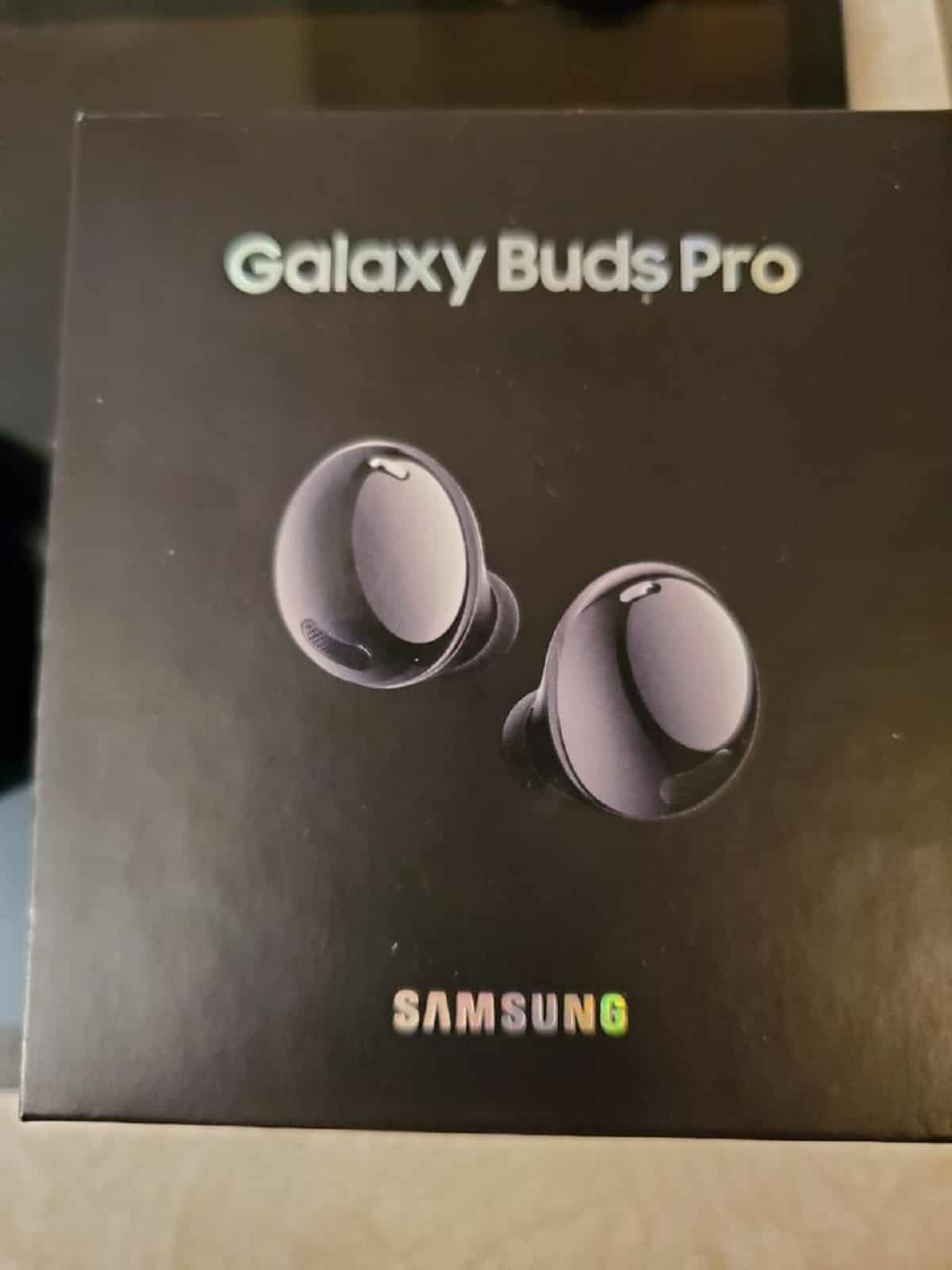
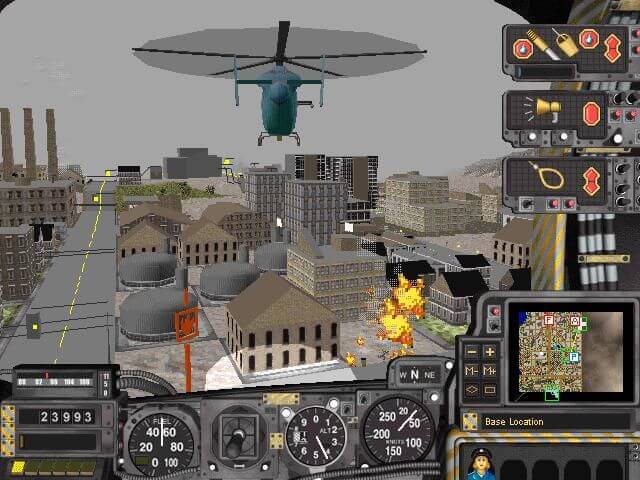


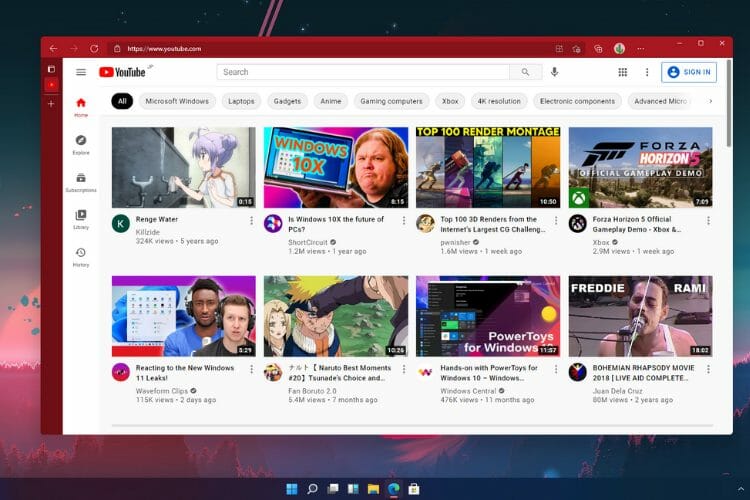








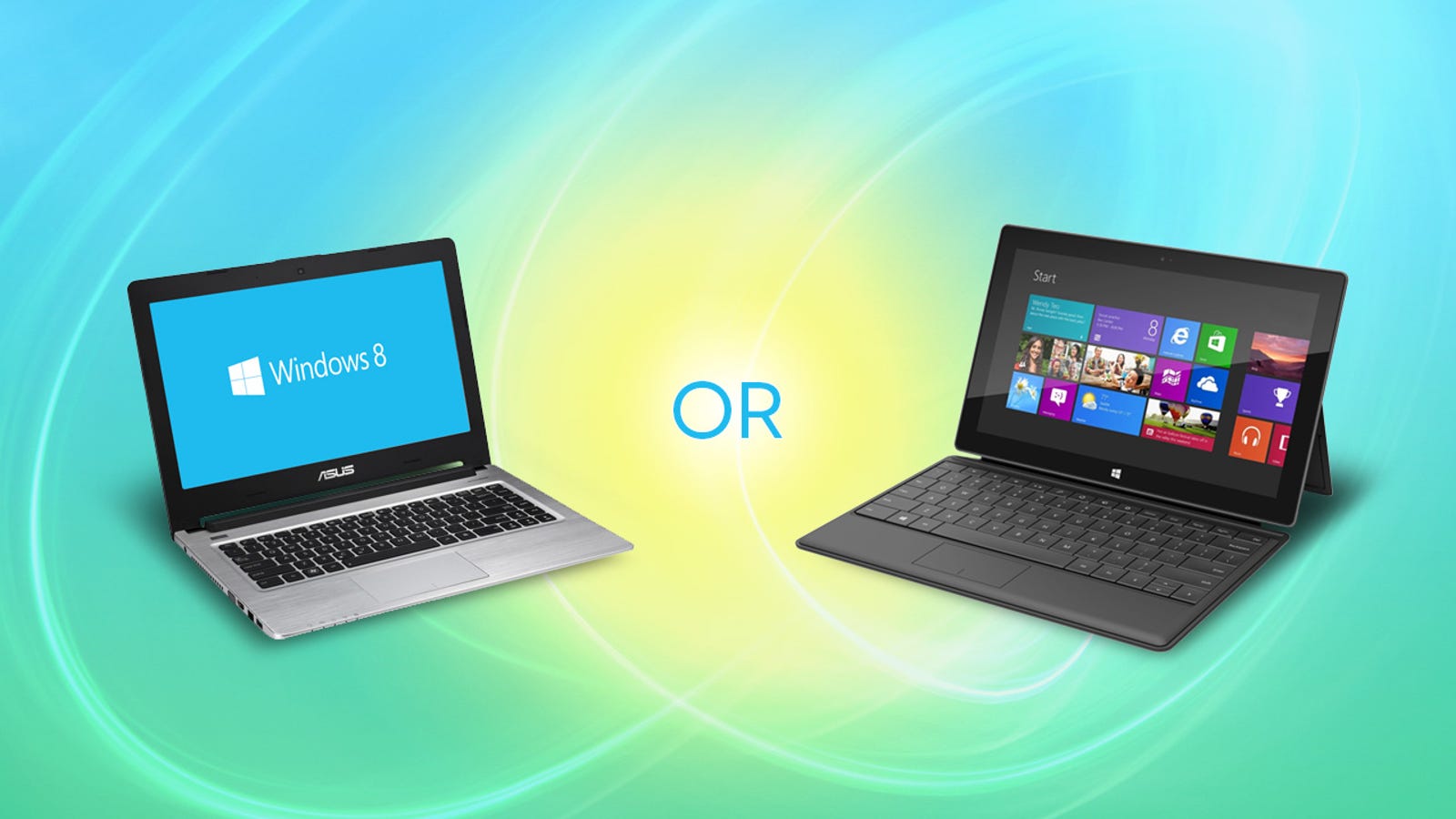

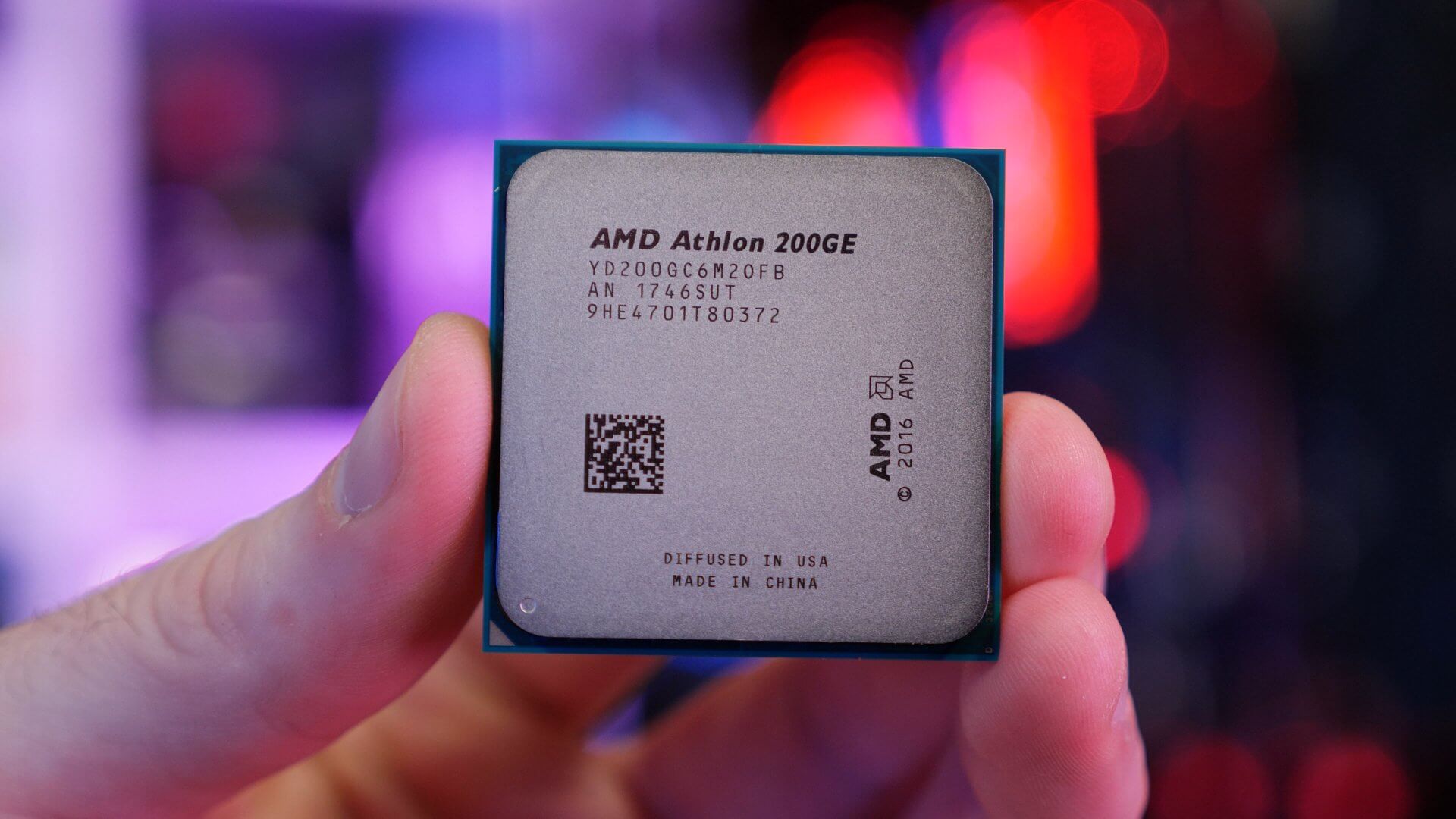




No comments:
Post a Comment
Note: Only a member of this blog may post a comment.